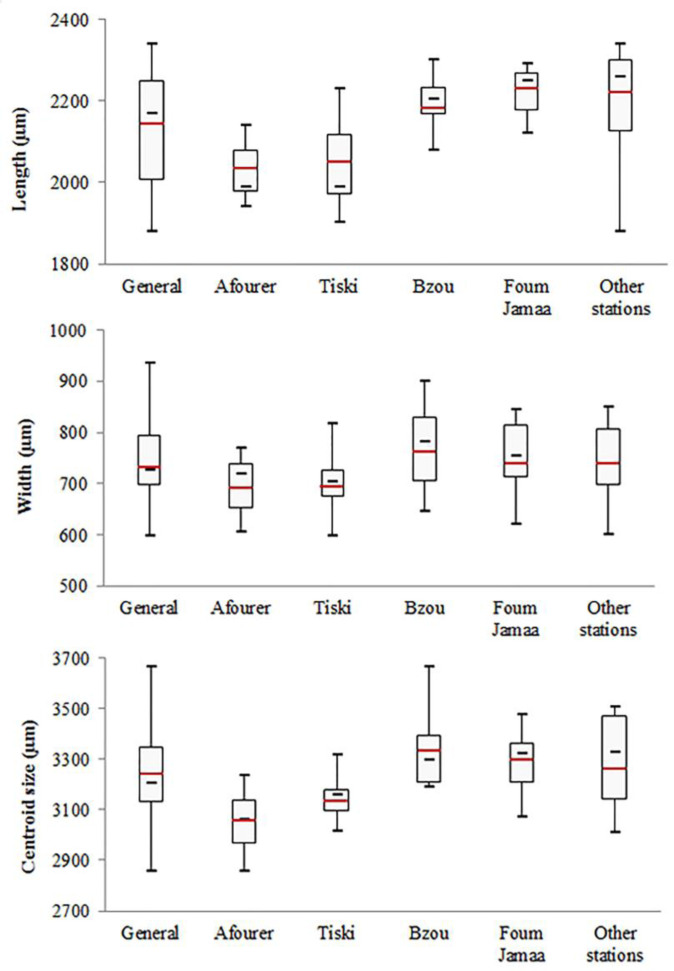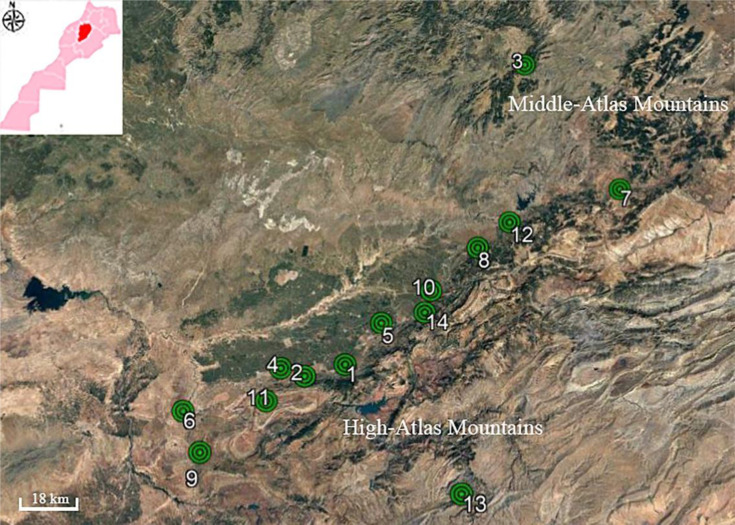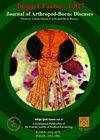Descriptive and Geometric Morphometry of the Wings of Phlebotomus sergenti Populations in Central Morocco.
IF 0.7
4区 医学
Q4 PARASITOLOGY
引用次数: 0
Abstract
Background: Phlebotomus sergenti, the proven vector of Leishmania tropica, the causative agent of anthroponotic cutaneous leishmaniasis, is widely distributed in Morocco. Previous works using molecular markers (Internal Transcribed Spacer 2 rDNA and Cytochrome B mtDNA) hypothesized the existence of multiple closely related populations of sand fly species (cryptic species) that would exhibit distinct vectorial capacities. This work studies morphotypic diversity using traditional and geometric morphometry analyses carried out on Ph. sergenti's wings from central Morocco, where active L. tropica transmission occurs for 30 years. Methods: Descriptive characteristics (size and shape) of the right wings were measured in Ph. sergenti's specimens collected from fourteen stations in central Morocco. Both traditional and geometric morphometry methods were used to analyse geographic variations in Ph. sergenti wing's size and shape. Results: These analyses support the existence of distinct Ph. sergenti populations, enlightening significant phenotypic variations of Ph. sergenti's wings, regarding their size and shape, depending on geographic origin. In addition, traditional and geometric morphometric analyses of the wing's length, centroid size, β, ɵ, and γ distances allowed clear discrimination of Ph. sergenti sub-populations. Conclusion: These data pinpoint the adaptative ability of Ph. sergenti to local environmental conditions. Additional studies are now required to further shed light on the genetic structure of Ph. sergenti populations in Morocco.



摩洛哥中部瑟genti白蛉种群翅膀的描述和几何形态计量学。
背景:经证实的热带利什曼原虫(人源性皮肤利什曼病的病原体)媒介瑟氏静脉虫在摩洛哥广泛分布。先前使用分子标记(内部转录间隔2 rDNA和细胞色素B mtDNA)的工作假设存在多个密切相关的沙蝇物种(隐种),这些物种将表现出不同的载体能力。本研究利用传统形态学和几何形态学分析方法对摩洛哥中部的瑟真蒂博士翅膀进行了形态多样性研究,在那里活跃的热带李特菌传播发生了30年。方法:对摩洛哥中部14个站点采集的瑟genti博士标本进行描述性特征(大小和形状)测量。采用传统形态测量法和几何形态测量法分析了瑟氏博士翅膀大小和形状的地理差异。结果:这些分析支持了不同的瑟正特博士种群的存在,启发了瑟正特博士翅膀的显着表型变化,关于它们的大小和形状,取决于地理来源。此外,对翼长、质心大小、β、o和γ距离的传统和几何形态计量学分析可以清楚地区分博士sergenti亚群。结论:这些数据明确了瑟艮蒂菌对当地环境条件的适应能力。现在需要进行更多的研究,以进一步阐明摩洛哥塞正蒂博士种群的遗传结构。
本文章由计算机程序翻译,如有差异,请以英文原文为准。
求助全文
约1分钟内获得全文
求助全文
来源期刊

Journal of Arthropod-Borne Diseases
PUBLIC, ENVIRONMENTAL & OCCUPATIONAL HEALTH-PARASITOLOGY
CiteScore
2.00
自引率
11.10%
发文量
17
审稿时长
8 weeks
期刊介绍:
The journal publishes original research paper, short communication, scientific note, case report, letter to the editor, and review article in English. The scope of papers comprises all aspects of arthropod borne diseases including:
● Systematics
● Vector ecology
● Epidemiology
● Immunology
● Parasitology
● Molecular biology
● Genetics
● Population dynamics
● Toxicology
● Vector control
● Diagnosis and treatment and other related subjects.
 求助内容:
求助内容: 应助结果提醒方式:
应助结果提醒方式:


